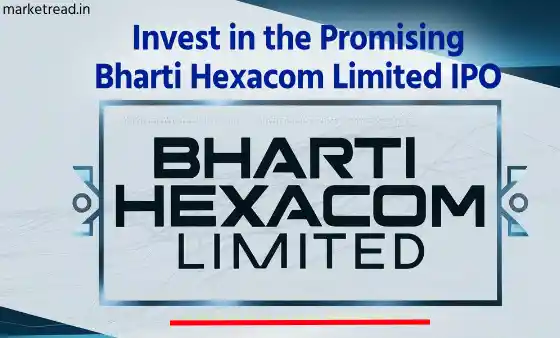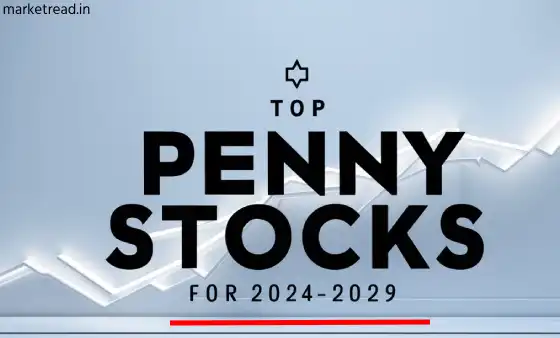The gong is about to sound on the WeWork India IPO, a public offering that has already captured the rapt attention of a market perpetually hungry for massive scale tech-adjacent narratives. This isn’t some fledgling micro-cap seeking a meager pittance; we’re talking about an enterprise aiming to scoop up a whopping ₹3,000 crore at the upper price band of ₹648 per share. That’s a hefty ticket, and while the domestic narrative of flexible office space is undeniably magnetic, we must peel back the veneer of market leadership to confront the underlying structural gambits this WeWork India IPO demands from its potential shareholders.
The Sticker Shock of the Co-working Colossus
Let’s be honest about this. The numbers are contradictory, almost jarring. On one hand, the operational turnaround is truly impressive: the company has finally clawed its way into profitability (posting a PAT of ₹128 crore in FY25) and boasts an average revenue multiple far exceeding its peers. They are, by revenue and brand recall, the undisputed, premium flexible workspace leader in the nation.
But then you look at the ask. At the cap price, the valuation clocks in near 68 times its FY25 earnings. Sixty-eight times! Compared to the more modest multiples seen in other mega-IPOs sharing the October calendar, the WeWork India IPO appears aggressively, perhaps even brazenly, priced. Does the growth trajectory even a projected 21-22% CAGR for the sector truly justify such a rarefied multiple immediately out of the gate?
The Offer-for-Sale Conundrum
Here’s where the structure itself becomes the story. The ₹3,000 crore issue is entirely an Offer for Sale (OFS). Zero capital infusion. This means the company’s coffers won’t swell with fresh funds to lubricate its future expansion or mitigate current financial stressors; instead, the money is strictly used to provide a lucrative exit for selling shareholders, primarily Embassy Buildcon and 1 Ariel Way Tenant. For the investor seeking growth capital deployment, this structure presents the enterprise as a financial hot potato being passed from one long-term holder to the public.
The Double-Edged Sword of Fixed Commitments
The business model, for all its perceived futuristic shine, remains chained to a deeply traditional anchor: long-term fixed-cost lease commitments. WeWork India has millions of square feet locked up in multi-year agreements with landlords. This dependency on fixed obligations is the engine of high profitability during boom cycles but becomes a razor-sharp liability should corporate leasing demand contract.
Well, here’s the thing: The Indian real estate cycle is volatile. If occupancy rates dip, or if the competitive pressure with nearly 500 other flexible workspace operators vying for space forces down pricing, those fixed rentals will quickly haemorrhage capital. The high EBITDA margins touted by the company rely entirely on its capacity to constantly maintain premium pricing and near-maximal occupancy.
Navigating the Regulatory Ripples
Beyond the market dynamics, investors must reckon with the legal shadow cast by the promoter group. The Draft Red Herring Prospectus (DRHP) details proceedings initiated by the Enforcement Directorate (ED) against the promoter, alongside a SEBI show-cause notice issued to a related group entity. An adverse outcome in these matters, even if tangentially related, can erode investor confidence faster than a market correction. The success of the WeWork India IPO depends not just on desks and tenants, but on the eventual resolution of these regulatory ripples.
The Investor’s Final Calculus
The WeWork India IPO offers access to a category leader in a rapidly ascending sector, possessing a brand strength unparalleled by its smaller peers. This is an undeniable draw for the aggressive investor keen on exposure to India’s hybrid work future. But it’s an opportunity freighted with risk: a demanding valuation, an OFS structure yielding no capital, and inherent cyclicality tied to the commercial property market. It requires an investor with a robust appetite for risk and a patient, multi-year horizon. For the rest of us, it might be wiser to observe this calculated gambit from a safe distance.




